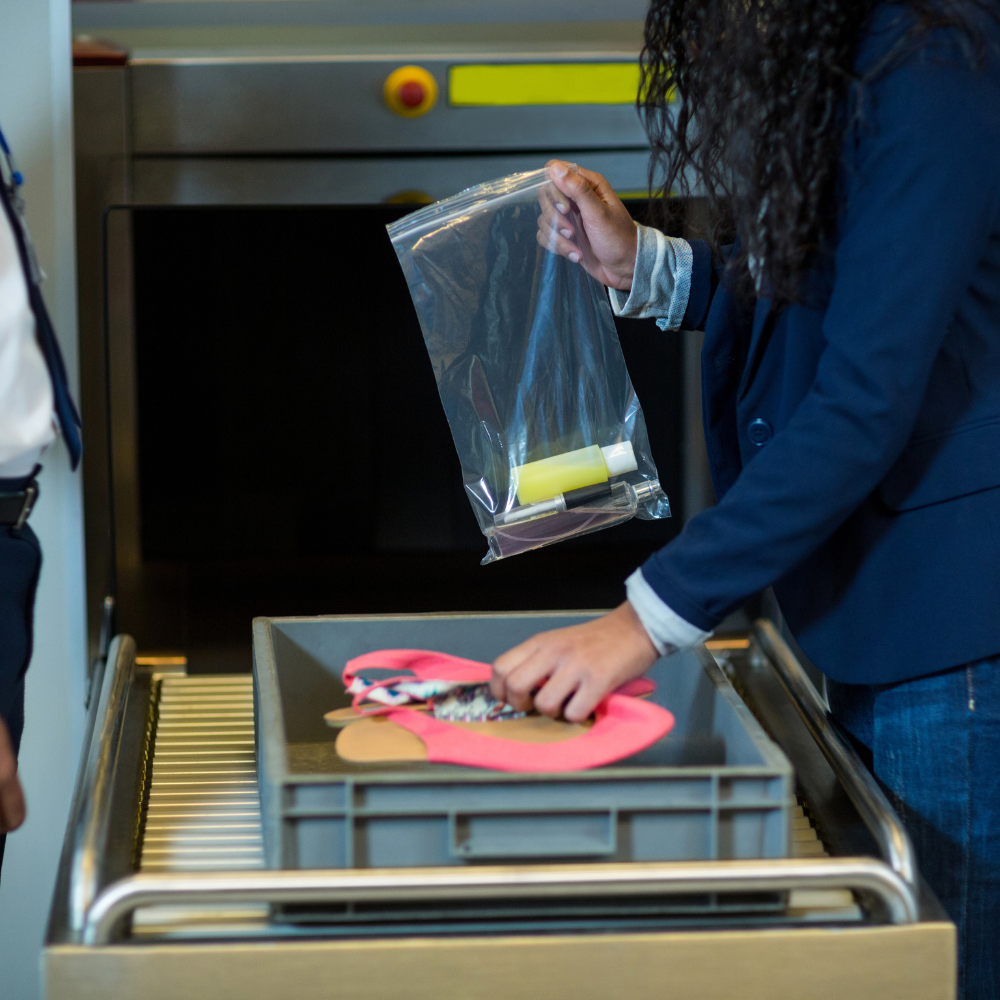
The Russian Parliament has authorized online service of summons documents. The Kremlin has denied that the move is intended to expedite further mobilization of Russian men or end widespread draught evasion. Thousands of Russians have avoided the draught in order to avoid fighting in Ukraine. Critics assert that the law is further proof that authorities. Are establishing an “electronic Gulag”, referring to the network of Soviet-era camps.
Previously, conscription papers in Russia could only be delivered in person or through an employer.
In practice, this has resulted in many individuals evading the draught by moving away from where they were registered to live or simply refusing to answer the door when military officials knocked. Under the new law, summons papers will be deemed to have been served as soon as they appear on the “Gosuslungi” government portal for “State Services.” “The summons is considered received when it is deposited into the personal account of a person subject to military service,” Andrei Kartapoloc, chairman of the defense committee of the Russian parliament, said on television.
A conscript will then be required to report to his local enlistment office. Citizens who fail to appear will be prohibited from traveling abroad and may be subject to additional restrictions. They will be unable to buy or sell real estate, lose their driving privileges, and be unable to register small businesses. 394 of the 395 Russian lawmakers who voted on the bill supported it, while one abstained. The lower house or State Duma of Russia has 450 members. The new law will become effective when President Vladimir Putin signs it, which is likely to occur soon.
In September of last year, the Kremlin launched a chaotic emergency mobilization campaign to support Russia’s “Special military operation” in Ukraine, following a string of humiliating defeats following its invasion. It is believed that more than 300,000 ex-soldiers and ex-conscripts were drafted, with many young men being recruited from the street or shopping malls. Thousands of men between ages 18 to 27 fled abroad to avoid the draught and protests erupted in a number of Russian cities. However, they were quickly put down.
According to leaked US documents, the number of Russian casualties is estimated to be between 189,500 and 223,000. These figures include 35,500 to 43,000 men killed in action and 154,000 to 180,000 men injured. The last time Russian authorities disclosed casualty figures was in September of last year, when they confirmed 5,937 service member deaths. Ilia Krasilshchik, the founder of the Helpdesk website that provides advice and assistance to Russian men attempting to avoid being sent to fight in Ukraine, mentioned that the once-convenient online government portal proved to have a downside.
Russians frequently use the State Service government website to apply for a new passport or marriage license, pay bills and fines and schedule doctor’s appointments. However, Mr. Krasilshchik cautioned that the state had transformed it into a site to supply the Russian government with ammunition for Ukrainian guns.
The press secretary for President Putin, Dmitry Peskov, denied that the new legislation was intended to broaden mobilization. “This is merely an effort to improve military records. The system must conform to contemporary standards.”



